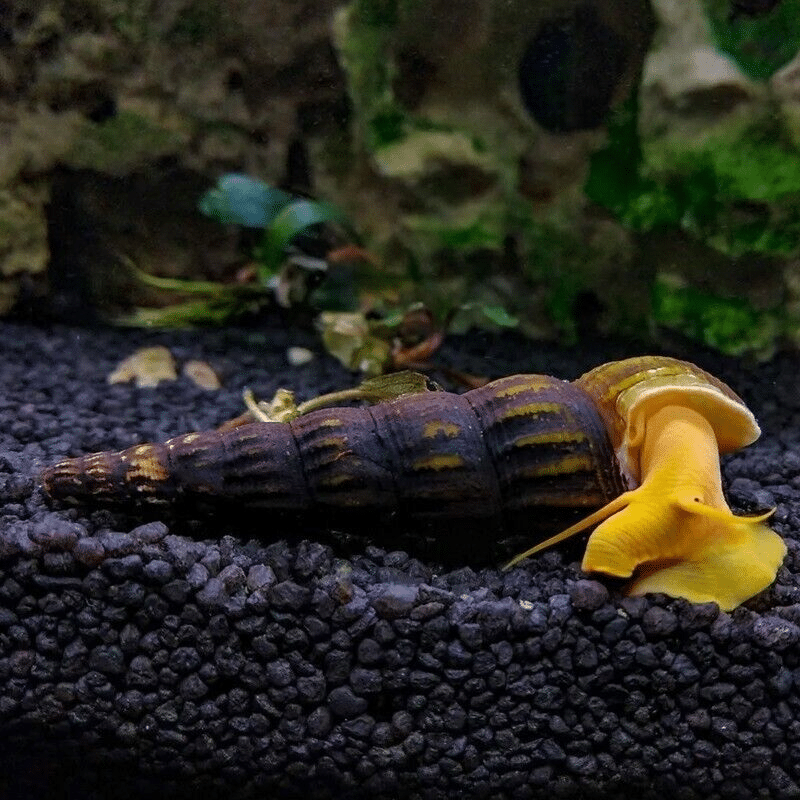To provide the best experiences, we use technologies like cookies to store and/or access device information. Consenting to these technologies will allow us to process data such as browsing behaviour or unique IDs on this site. Not consenting or withdrawing consent, may adversely affect certain features and functions.
The technical storage or access is strictly necessary for the legitimate purpose of enabling the use of a specific service explicitly requested by the subscriber or user, or for the sole purpose of carrying out the transmission of a communication over an electronic communications network.
The technical storage or access is necessary for the legitimate purpose of storing preferences that are not requested by the subscriber or user.
The technical storage or access that is used exclusively for statistical purposes.
The technical storage or access that is used exclusively for anonymous statistical purposes. Without a subpoena, voluntary compliance on the part of your Internet Service Provider, or additional records from a third party, information stored or retrieved for this purpose alone cannot usually be used to identify you.
The technical storage or access is required to create user profiles to send advertising, or to track the user on a website or across several websites for similar marketing purposes.
 Red Devil Vampire Crab - Geosesarma Hagen - Decapod Crustacean
2 × £8.71
Red Devil Vampire Crab - Geosesarma Hagen - Decapod Crustacean
2 × £8.71  Golden Eyes Vampire Crab - Geosesarma Sp. - Decapod Crustacean
2 × £8.71
Golden Eyes Vampire Crab - Geosesarma Sp. - Decapod Crustacean
2 × £8.71 















Emily Carter (verified owner) –
As a passionate aquarium hobbyist, I can’t express how thrilled I am with the Orange Rabbit Snail (Tylomelania Gemmifera)! After adding a couple to my 30-gallon tank about three weeks ago, they’ve not only brightened the aquatic scenery with their vibrant orange shells, but they’ve also become little clean-up pros. I was a bit worried about how they would interact with my fish, but they’ve been completely peaceful. They spend their days grazing on algae and leftover fish food, ensuring that my tank stays clean and healthy. Compared to other snails I’ve tried, these little guys are much more active and engaging to watch. One minor concern is that they are a bit sensitive to water parameters, so I recommend keeping a close eye on pH levels. Overall, I highly recommend these snails for anyone looking to add both beauty and functionality to their aquarium. Perfect for community tanks and seasoned aquarists alike! I’ll definitely be ordering more to create a snazzy little snail colony.